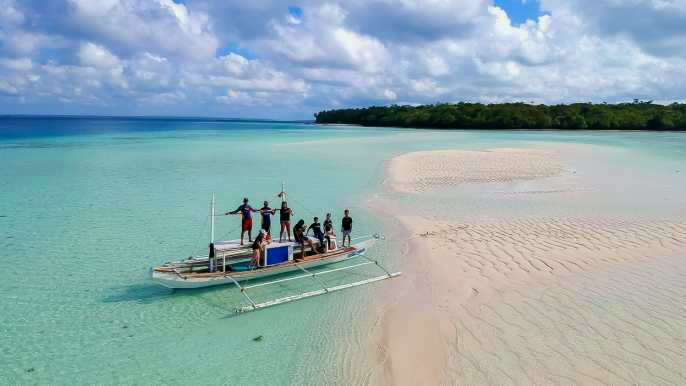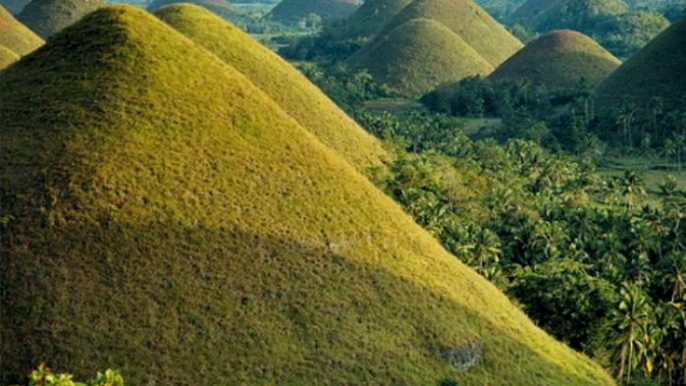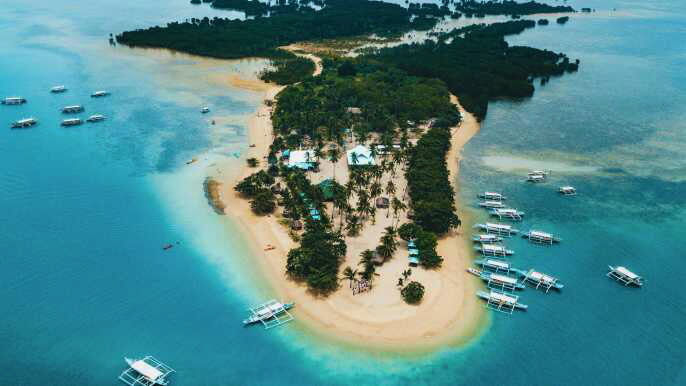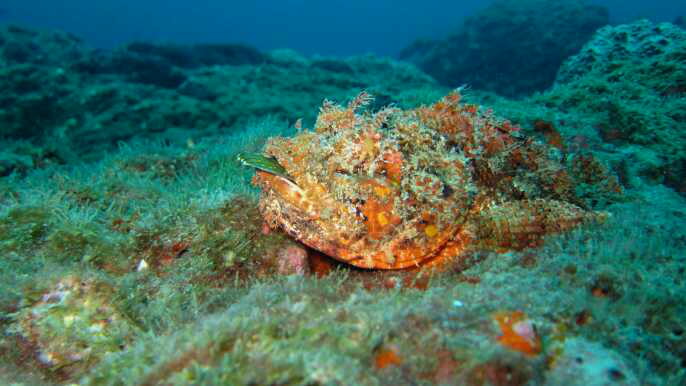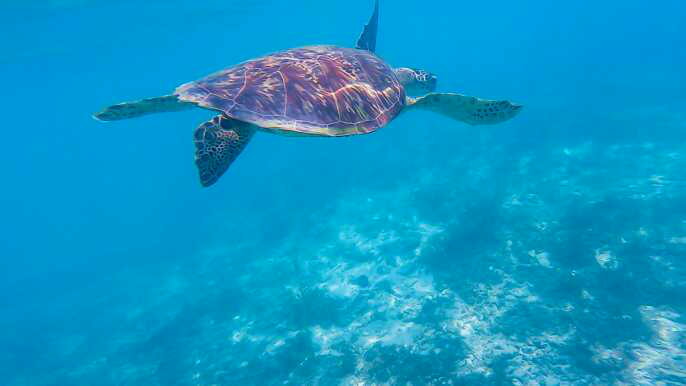Located on the island of Luzon, Manila is the capital city of the Philippines. It is a vibrant and bustling bayside city that mixes Spanish colonial architecture with modern skyscrapers. Aside from the cosmopolitan aspects of the city, it also has a rich history that can be traced back to its early days as a Spanish colony.
Intramuros
Located on the banks of the Pasig River, Intramuros is the former home of the Tagalog Kingdom. It was constructed by the Spanish colonizers who arrived in the Philippines in the late 1500s. They built a fortress, a governor's palace and 150 houses. These structures were fortified and surrounded by moats. They also built a 4.5 km wall.
Intramuros was a mighty outpost of European power. It was the center of government operations in the Spanish Era. But the Japanese Imperial Army destroyed Intramuros during the Second World War. Despite its damage, many of the Intramuros structures still survive. The most notable of these remains the San Agustin Church, which was the first stone structure built in the Philippines.
This church has the distinction of being the oldest surviving Christian sanctuary in the Far East. It is also considered as one of the country's first earthquake-proof buildings. It was completed in 1589 by Miguel Lopez de Legazpi.
The church is still used today as a Catholic church and an archival museum. It is also the oldest stone building in the Philippines. It has survived several catastrophic earthquakes. It is now a UNESCO World Heritage Site.
Intramuros is a place of rich history and culture. It is an ideal place to visit for a day trip. It is not a large area, so you may just need an hour to see the most significant sites.
Binondo
Located in Manila, Binondo is one of the oldest Chinatowns in the world. It is also the hub of the Filipino-Chinese community. Before Spanish colonization, Binondo was a trading and commercial center for Chinese immigrants. It was also the place where several financial institutions were located. These included commercial banks, insurance companies, and financial institutions from Britain. It was also the site of many esteros (Chinese for houses).
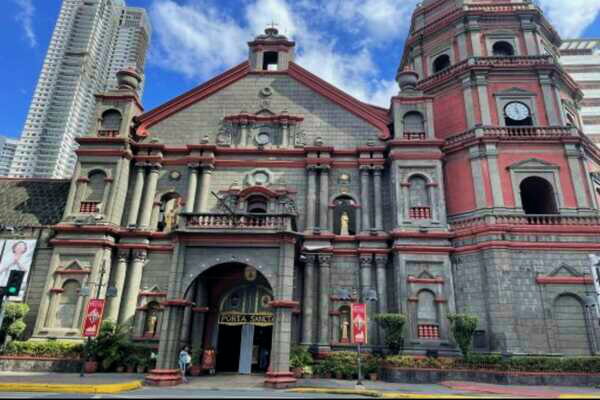
Today, Binondo is a vibrant and cultural district that houses Chinese and Filipino restaurants, stores, and markets. The area is also home to historical buildings, parks, and monuments. A walking tour of Binondo can help you get acquainted with its history.
Binondo is a great place to enjoy a day of food, culture, and history. It is located within easy reach of many other popular tourist attractions in Manila. It is an ideal location to take a break from busy downtown streets.
The Ayala Museum is a popular attraction for history enthusiasts. The museum offers a variety of exhibitions, lectures, workshops, and tours. The museum consists of four floors filled with contemporary relics of Filipino culture.
The museum also features four galleries of natural history, 10 galleries of animal exhibits, and a replica of Lolong. The museum also features hands-on activities to teach visitors about the natural history of the Philippines.
The "tree of life" is a glass elevator that provides an aerial view of the museum. There are many exciting animal shows, including the Penguin Show and Seal Lion Show.
Salcedo Saturday Market
Located in Salcedo Park in Makati City, the Salcedo Saturday Market has become a local favorite. The market, which started in 2005, features 127 stalls selling a variety of goods. Among the attractions are specialty food, handmade ornaments, and clothing.
The market is open every Saturday from 7 am to 2 pm. The park has a large shaded area with lots of tables and chairs. The market is organized and clean.
Aside from the regular food stalls, the market also has a couple of outdoor establishments for kids. It's a fun way for parents to spend time with their kids while grabbing some bargains.
The Salcedo Saturday Market is one of the biggest weekend markets in the Philippines. Its 127 stalls feature items such as specialty food, clothing, and knickknacks. The market also has a more relaxed atmosphere compared to other markets.
The Salcedo Saturday Market may not be as big as the Sidcor Sunday Market or the Manila Night Market, but it's still a great place to shop and have a good time. The Salcedo Market is one of the most popular weekend destinations in the city, thanks to its easy charm and the fact that it has become a local favorite.
The Salcedo Saturday Market, which has been in existence since 2005, is a good place to shop for souvenirs, traditional delicacies, and other knickknacks. The markets is also home to some of the best selections of vegetarian products in the city.
Manila American Cemetery and Memorial
Located in the Philippines, Manila American Cemetery and Memorial honors the military servicemen who were killed fighting the Japanese in World War II. It is a must-see for history lovers. It occupies 152 acres of land on a plateau in the Manila suburb of Taguig.
The Manila American Cemetery and Memorial is administered by the American Battle Monuments Commission (ABMC). The cemetery contains 17,184 graves. It is open seven days a week, 9 am to 5 pm. A valid photo ID is required to enter the cemetery.
The visitors building offers a register, restrooms, refreshments, and information. It also features a 50-seat theater. The staff is on duty and can answer questions and help visitors plan a visit to a grave.
The American Cemetery has a central chapel and is organized in a concentric design. The center has two semicircular walls with thousands of white crosses. The name of over 36,000 missing American service members is on a wall.
The visitor's center is located on the cemetery's hillside. It is surrounded by tropical shrubs and lush greenery. It is a lovely place to visit. There are only a few tourists.
The Philippine government has approved the construction of a new visitor's center in the future. The current building is constructed with shallow steel framing. It has a glass interior, an exhibition space, and administration and reception areas. The museum has an interesting display of military materials, 25 mosaic maps, and several photographs in the public domain.
National Museum of the Philippines
Located in Manila, the National Museum of the Philippines is a complex of museums. The museums are managed by the National Museum of the Philippines, an organization that preserves the cultural heritage of the country and instills pride and nationalism in the Filipino people. The museum is an educational institution that carries out a variety of research programs, including anthropology, archaeology, biodiversity, geological history, and human origins. The museum also provides consulting services to art dealers and collectors.
The National Museum of the Philippines has a wide array of exhibits. These are classified into five categories: archaeological collections, visual arts, anthropology, natural history, and ethnography. The museum is open Tuesday through Sunday. It does not charge entrance fees. The museum limits visitors to 100 people per session. It is a must-visit place for art enthusiasts.
The building was originally designed by Ralph Harrington Doane in accordance with the Burnham Plan for Manila. Its facade was crafted with Renaissance-inspired sculptural forms and classical elements. It was later renovated by Juan Arellano.
The museum houses the collection of paintings by Filipino artists. The paintings are displayed in galleries that explore Philippine art from the 17th century until the 20th century. They include works by Jose Rizal, Fernando Amorsolo, and Carlos "Botong" Francisco.
The museum is divided into two buildings, the National Museum of Anthropology and the National Museum of Fine Arts. The latter was formerly the Legislative Building. It was rebuilt in 1950 in Neoclassical style.
Manila Ocean Park
Located on the shores of Manila Bay, the first world class marine theme park in the Philippines, Manila Ocean Park is a one-of-a-kind aquatic adventure. Its facilities are spread across 8,000 square meters, and include a number of attractions.
The Oceanarium is the main attraction of Manila Ocean Park. This labyrinth of aquariums is home to some of the largest fish in the world, as well as more than 14,000 marine creatures. It features a 25 meter glass tunnel surrounded by sea water, where visitors can view the underwater world.
The park also features a number of multi-sensory and exciting attractions, including an amphitheatre, an aqua-themed hotel, a shark hall, and an educational activity area. Guests can experience dry encounters with sea stars, sting rays, and sea lions, or submerged encounters with eels, rays, and sharks.
There are a number of other attractions in the park, including a jellyfish exhibit, an ice village, a Christmas feast, and a number of neon rides. Depending on the package, tickets vary between 600 to 800 pesos. Guests can also purchase snacks at the food stalls.
The All Star Bird Show is performed inside the park. This is similar to the Sea Lion Show, but requires visitors to be seated for the performance. The show includes a number of other elements, such as spectacular showmanship, high flying thrills, and an important environmental message. The show can be adjusted to suit the visitor's schedule.



